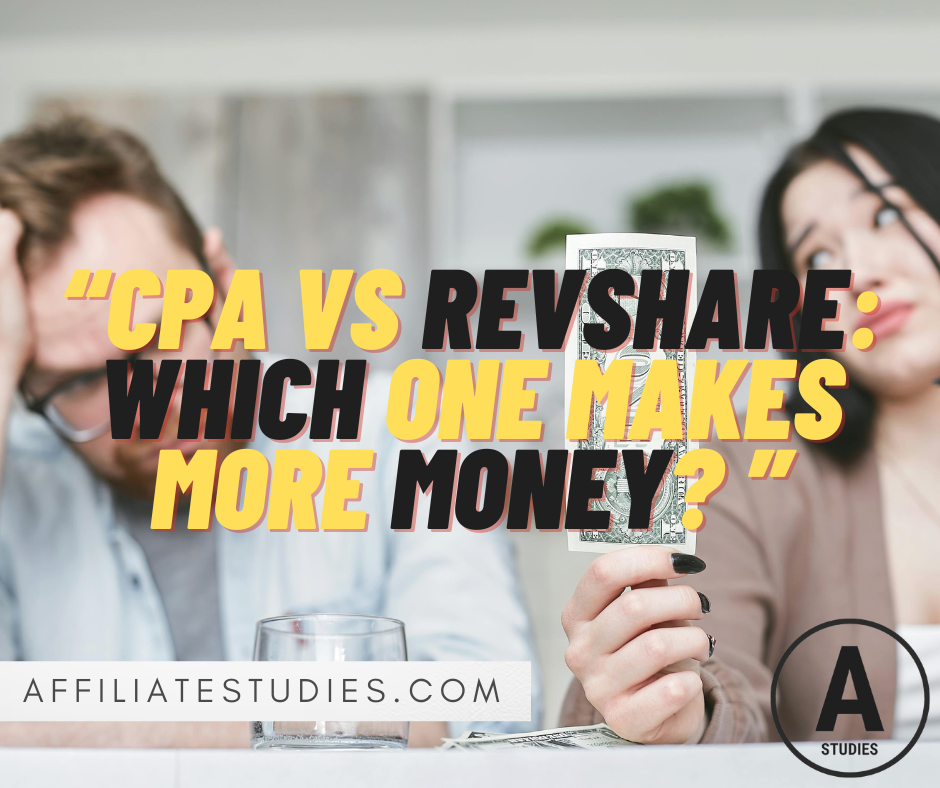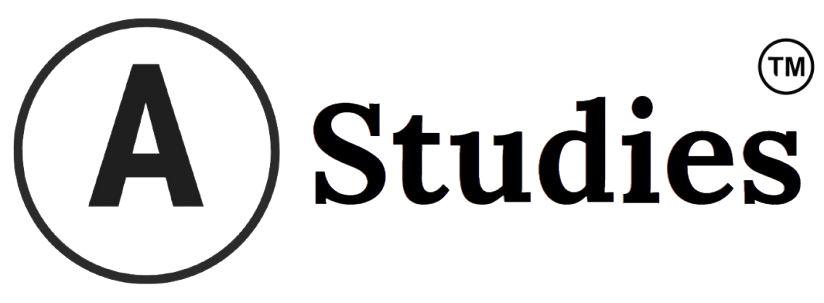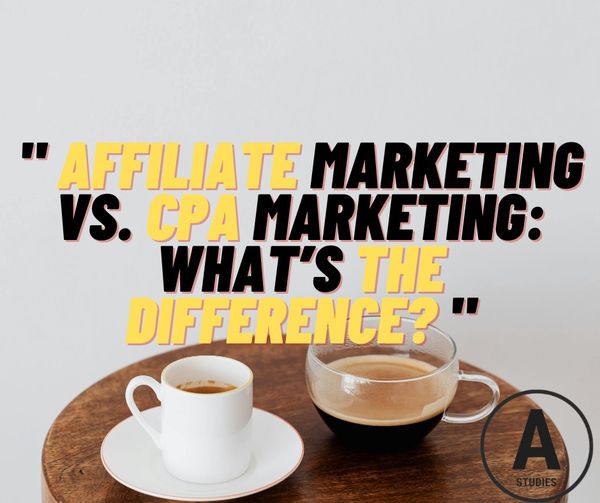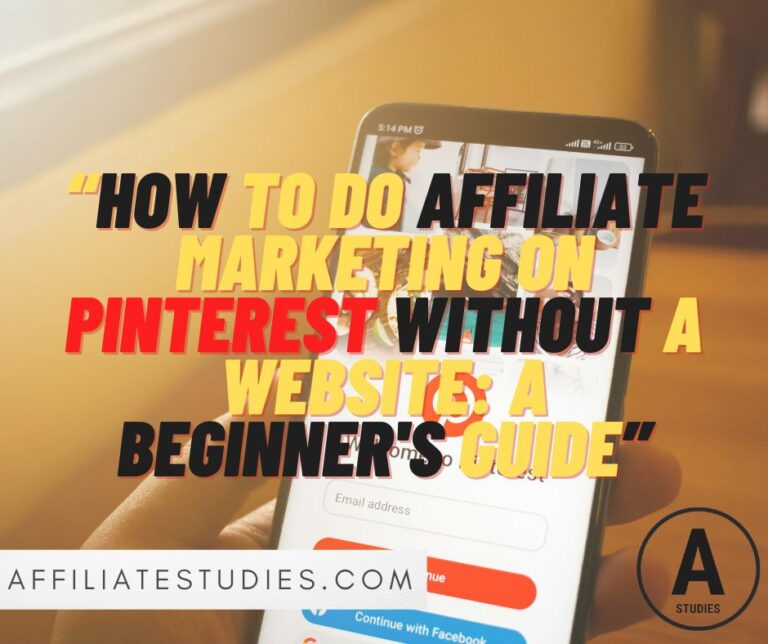CPA vs RevShare: Which One Makes More Money?

If you’re diving into affiliate marketing, you’ve probably wondered about CPA vs RevShare: Which One Makes More Money? This question keeps many marketers awake at night, especially when they’re trying to figure out What Is CPA vs RevShare and which payment model will put more cash in their pocket.
The truth is, both payment models have their sweet spots, and choosing the wrong one could mean leaving thousands of dollars on the table. In this guide, we’ll break down everything you need to know about these two popular payment structures so you can make the right choice for your business.
What Is CPA vs RevShare?
Let’s start with the basics. What Is CPA vs RevShare comes down to understanding two completely different ways of getting paid for your marketing efforts.
CPA (Cost Per Action) is a payment model where you earn a fixed amount every time someone completes a specific action. This could be signing up for a service, making a purchase, downloading an app, or filling out a form. Think of it as getting paid per task completed – simple and straightforward.
RevShare (Revenue Share) works differently. Instead of a one-time payment, you earn a percentage of the revenue that your referred customers generate over time. If someone you refer spends $100 per month, and you have a 30% revenue share deal, you’ll earn $30 every month for as long as that customer remains active.
The main difference lies in the payment timeline and potential earnings. CPA gives you immediate money but caps your earnings per customer. RevShare takes longer to build up but can generate ongoing income from the same customers for months or even years.
How CPA Payments Work
Understanding How CPA Payments Work is pretty straightforward. You promote an offer, someone takes the required action, and you get paid a fixed amount. It’s like being a digital salesperson with a clear commission structure.
Here’s the typical flow:
- You join a CPA network like MaxBounty, PeerFly, or ClickBank
- Choose offers to promote with predetermined payout amounts
- Drive traffic to your affiliate links
- Earn money when visitors complete the required actions
- Get paid usually weekly, bi-weekly, or monthly
CPA payments can range from a few dollars for simple email submissions to hundreds or even thousands of dollars for high-value actions like loan applications or software purchases. The beauty of CPA is that you know exactly how much you’ll earn per conversion before you start promoting.
Most CPA networks have minimum payout thresholds, typically between $50 to $100. Once you hit that threshold, you’ll receive your payment through various methods like PayPal, wire transfer, or check.
The payment timeline is usually quick. Once someone completes an action, it gets tracked in your affiliate dashboard within minutes or hours. However, there’s often a holding period (usually 30-60 days) before payments are released to account for potential refunds or fraudulent activities.
How RevShare Earnings Work
How RevShare Earnings Work is more complex but potentially more rewarding in the long run. Instead of one-time payments, you’re essentially becoming a business partner with the company you’re promoting.
Here’s how the RevShare process typically unfolds:
- You refer a customer to a service or product
- The customer makes purchases or pays for services
- You earn a percentage of their spending for an agreed period
- Payments continue as long as the customer remains active
- Your income compounds as you refer more customers
RevShare percentages vary widely depending on the industry. Dating sites might offer 50-70% revenue share, while financial services could offer 15-30%. The percentage often depends on the profit margins and customer lifetime value of the business.
One important aspect of RevShare is the payment schedule. Most companies pay monthly, and there’s usually a delay of 30-60 days to account for chargebacks and refunds. This means if you refer someone in January, you might not see your first RevShare payment until March.
The tracking period also matters. Some RevShare deals last for the customer’s lifetime, while others might have time limits like 12 months or 24 months. Obviously, lifetime RevShare deals are more valuable, but they’re also harder to find.
Pros and Cons of CPA
Let’s dive into the Pros and Cons of CPA to help you understand when this payment model makes sense.
Pros of CPA:
Immediate gratification is the biggest advantage. You can literally see money in your account within hours of making a sale. This makes CPA perfect for people who need quick cash flow or want to test new traffic sources quickly.
Predictable earnings make budgeting easier. If you know each conversion pays $50, you can calculate exactly how much traffic you need to hit your income goals. This predictability helps with scaling campaigns and managing advertising budgets.
No long-term dependency on customers means you don’t have to worry about customer retention, refunds, or service quality after the initial conversion. Once someone completes the action, your job is done.
Higher initial payouts are common in CPA, especially for high-value actions. Some CPA offers pay $500+ per conversion, which can be more than months of RevShare earnings from the same customer.
Cons of CPA:
Limited earning potential per customer is the main drawback. No matter how valuable a customer becomes to the advertiser, you only get paid once. A customer who spends $10,000 over two years generates the same $50 commission as someone who never spends another dime.
Constant hustle required means you need fresh traffic and new conversions to maintain your income. Take a vacation, and your income stops. This makes CPA less passive than other income streams.
Competition pressure can drive down payouts over time. If an offer becomes too popular, advertisers might lower commissions or tighten approval requirements.
Pros and Cons of RevShare
The Pros and Cons of RevShare paint a different picture that appeals to marketers thinking long-term.
Pros of RevShare:
Passive income potential is RevShare’s biggest selling point. Once you build a base of active customers, money keeps flowing in every month without additional work. It’s the closest thing to autopilot income in affiliate marketing.
Unlimited earning potential from each customer means high-value customers can generate thousands in commissions over time. One good customer referral in a high-ticket niche could pay your bills for months.
Compound growth happens as you add more customers each month. Month 1 might generate $100, but month 12 could generate $5,000+ from the same ongoing efforts plus new referrals.
Better long-term relationships with advertisers develop because you’re invested in customer quality, not just quantity. This often leads to higher percentages, exclusive offers, and better support.
Cons of RevShare:
Delayed gratification can be tough, especially when starting out. It might take 3-6 months before you see meaningful income, which doesn’t work if you need money quickly.
Income uncertainty makes budgeting difficult. Customer spending can fluctuate based on seasons, economic conditions, or life changes. Your income in month 6 might be half of month 5 with no warning.
Dependency on external factors like company policies, customer retention, and service quality affects your income but remains outside your control. If the company raises prices or lowers service quality, your income suffers.
Which Model Pays Faster?
Which Model Pays Faster? The answer is clearly CPA, but the speed advantage comes with trade-offs worth considering.
CPA payments typically show up in your affiliate dashboard within hours of a conversion. Most networks process payments weekly or bi-weekly, meaning you could have cash in hand within 1-2 weeks of making your first sale.
RevShare payments operate on monthly cycles with longer delays. Even if you refer someone on day one, you’ll usually wait 60-90 days for your first payment. This delay accounts for the company’s billing cycles, potential refunds, and chargeback processing.
However, payment speed isn’t everything. While CPA gives you money faster, RevShare often pays you more money over time from the same customers. It’s like choosing between a quick $50 or waiting 3 months for $20 per month that continues for two years ($480 total).
The cash flow difference matters most when you’re starting out or testing new traffic sources. CPA lets you reinvest profits quickly to scale successful campaigns. RevShare requires more patience and initial capital since profits take longer to materialize.
Smart marketers often use CPA offers to generate quick cash flow while building RevShare campaigns for long-term wealth. This hybrid approach gives you the best of both worlds.
Which Model Pays More Long-Term?
Which Model Pays More Long-Term? This is where RevShare often wins, but the answer depends heavily on customer lifetime value and your traffic quality.
In industries with high customer lifetime values – like dating, gambling, financial services, or SaaS tools – RevShare usually generates more total revenue per customer. A single customer in online dating might spend $50-200 monthly for years, generating thousands in RevShare commissions compared to a one-time $30-100 CPA payment.
However, CPA can win in the long term if you can convert more customers due to the immediate payment motivation. Some marketers perform better with CPA because the instant gratification keeps them motivated to drive more traffic and optimize harder.
The math depends on several factors:
- Customer retention rates in your niche
- Average customer spending over time
- Your traffic quality and ability to attract high-value customers
- RevShare percentages offered by different programs
- Your ability to scale and refer new customers consistently
For example, if you can refer 100 customers monthly at $75 CPA versus 50 customers monthly at 30% RevShare where customers spend $100 monthly for 18 months on average, CPA generates $7,500 monthly while RevShare builds to $27,000 monthly by month 18.
Best Niches for CPA Offers
Best Niches for CPA Offers typically involve one-time actions or purchases where customer lifetime value is lower or harder to track.
Lead generation niches work perfectly for CPA. Insurance quotes, loan applications, and legal consultations often pay $25-500 per qualified lead. These industries prefer CPA because they want to pay for concrete actions rather than sharing ongoing revenue.
Mobile app installs and game downloads are natural CPA fits. Gaming companies pay $1-15+ per install because they make money through in-app purchases that are difficult to track back to affiliates. The immediate CPA payment works better than trying to calculate complex RevShare deals.
E-commerce and retail often use CPA for first-time purchases. Amazon Associates pays a percentage, but many direct-to-consumer brands offer flat CPA rates for new customer acquisitions. Fashion, electronics, and home goods work well in this model.
Email and trial signups across various industries suit CPA perfectly. Software companies, online courses, and service providers pay $5-50+ for email signups or trial activations because these actions have clear, immediate value.
Financial services like credit cards, loans, and investment accounts typically offer high-value CPA deals ranging from $25-1000+ per approval. The regulatory environment and approval processes make RevShare tracking complicated, so CPA works better.
Best Niches for RevShare Offers
Best Niches for RevShare Offers share common characteristics: high customer lifetime values, recurring payments, and easy revenue tracking.
Online dating is the king of RevShare niches. Dating sites often offer 50-70% revenue share because members spend $20-200+ monthly for years. A single active member can generate hundreds or thousands in commissions, making the wait worthwhile.
Online gambling and gaming platforms offer attractive RevShare deals (where legal) because players can spend significant amounts over time. RevShare percentages of 25-45% are common, and high-roller players can generate massive ongoing commissions.
Web hosting and SaaS work well for RevShare because customers pay monthly or annual fees. Hosting companies might offer 50-100% of the first month plus ongoing percentages. SaaS tools often provide 20-30% monthly RevShare that continues as long as customers subscribe.
Investment and trading platforms suit RevShare because active traders generate ongoing commissions through their trading activity. Forex, crypto, and stock trading platforms often share 15-30% of the spreads or fees generated by referred traders.
Subscription services across entertainment, education, and lifestyle categories work well for RevShare. Streaming services, online courses, and membership sites provide predictable monthly income that scales with your referral volume.
When You Should Choose CPA
When You Should Choose CPA depends on your current situation, goals, and marketing approach.
Choose CPA if you need immediate cash flow to cover expenses or reinvest in advertising. The quick payment cycle helps when you’re testing new traffic sources or scaling campaigns that require upfront investment.
CPA works better if you’re driving high-volume, lower-quality traffic. Mass media campaigns, social media advertising to broad audiences, and content marketing to general topics often convert better with simple CPA offers than complex RevShare deals.
Select CPA when you prefer predictable, measurable results. If you need to know exactly how much each conversion is worth for budgeting and scaling purposes, CPA provides that clarity immediately.
CPA is ideal if you don’t want long-term customer relationships. Some marketers prefer the simplicity of making a sale and moving on rather than worrying about customer retention and ongoing service quality.
Choose CPA for testing and optimization. When you’re trying new offers, traffic sources, or marketing angles, the immediate feedback from CPA conversions helps you optimize faster than waiting months for RevShare data.
When You Should Choose RevShare
When You Should Choose RevShare aligns with different priorities and marketing approaches.
Choose RevShare if you can drive high-quality, targeted traffic to audiences likely to become valuable long-term customers. Email marketing to engaged subscribers, content marketing to specific niches, and paid advertising to high-intent keywords work better with RevShare.
RevShare makes sense when you’re building for long-term wealth rather than immediate income. If you can afford to wait 6-12 months for significant income and want to build lasting income streams, RevShare provides better potential.
Select RevShare when you understand your target market deeply. Successful RevShare marketing requires knowledge of customer behavior, spending patterns, and lifetime values. Surface-level marketing rarely succeeds with RevShare offers.
RevShare works better if you want more passive income. Once you build a base of active customers, RevShare provides ongoing income that requires less day-to-day work than constantly finding new CPA conversions.
Choose RevShare when you can focus on fewer, better offers. Rather than promoting dozens of different CPA offers, RevShare success often comes from deeply understanding and promoting 2-3 high-quality programs.
Conclusion
So, CPA vs RevShare: Which One Makes More Money? The answer isn’t simple because it depends on your situation, goals, and approach.
CPA wins for immediate income, predictable earnings, and testing new markets. It’s perfect if you need quick cash flow or prefer the simplicity of one-time payments. RevShare wins for long-term wealth building, passive income potential, and maximizing customer value. It works best when you can drive high-quality traffic and think in terms of months and years rather than days and weeks.
The smartest approach might be using both models strategically. Use CPA offers to generate quick cash flow and test new traffic sources, then reinvest those profits into building RevShare income streams for long-term wealth.
Remember, your success with either model depends more on your marketing skills, traffic quality, and persistence than the payment structure itself. Focus on providing real value to your audience, and the money will follow regardless of whether you choose CPA or RevShare.
Scare Up More Clicks: 5 Halloween Email Marketing Ideas for Affiliates






